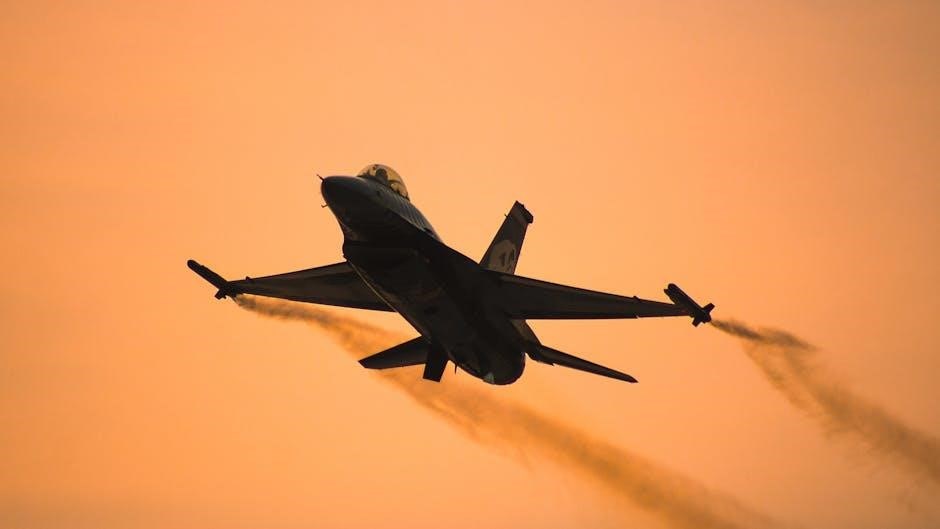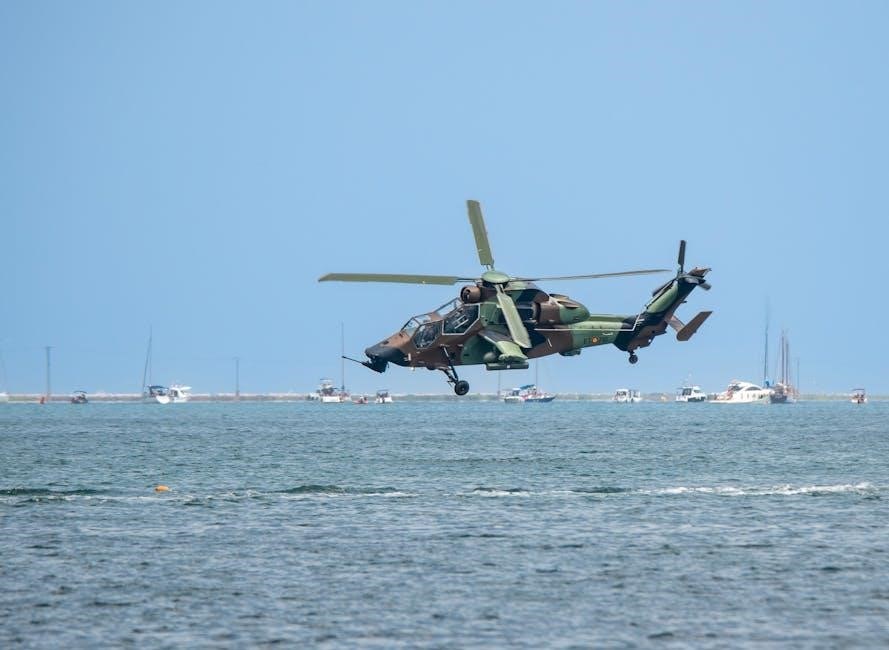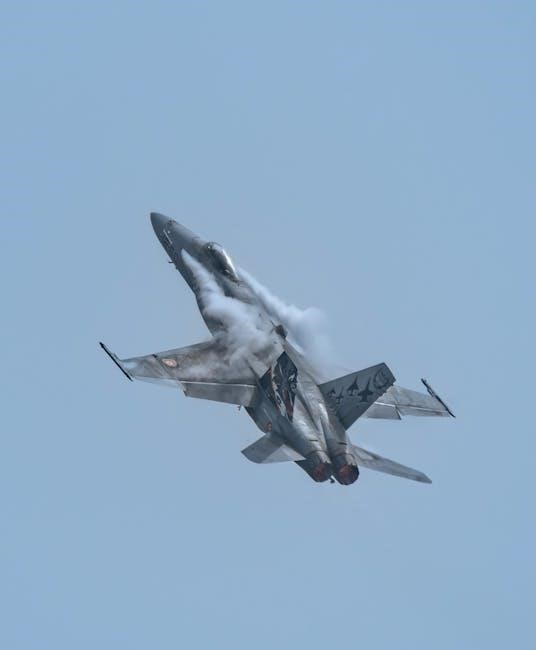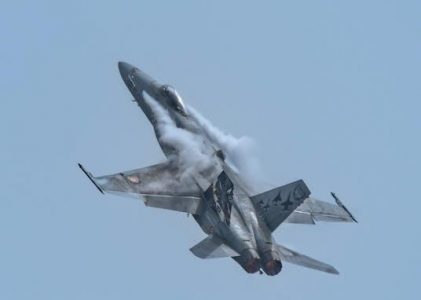The fight, flight, freeze, and fawn responses are automatic survival instincts triggered by perceived threats, involving physical and emotional reactions to ensure safety and self-preservation․
Overview of Trauma Responses
Trauma responses, including fight, flight, freeze, and fawn, are automatic survival reactions to perceived threats․ These responses are triggered by the sympathetic nervous system, preparing the body to either confront or escape danger․ While fight and flight are active defenses, freeze is a temporary paralysis, and fawn involves Compliance to avoid harm․ Each response manifests physically and emotionally, influencing behavior and decision-making․ Understanding these reactions is crucial for managing stress and trauma, promoting emotional regulation and well-being․ Recognizing personal patterns helps individuals develop strategies to respond to threats more effectively․

The Fight Response
Characteristics of the Fight Response
The fight response is a proactive reaction to threats, characterized by aggression, assertiveness, and a readiness to confront danger head-on․ It involves heightened nervous system activation, releasing stress hormones like adrenaline to fuel physical reactions and defensive actions․
The fight response is a proactive reaction to threats, marked by aggression and assertiveness; It involves heightened nervous system activation, with the release of stress hormones like adrenaline, preparing the body for confrontation․ Physically, it manifests as increased heart rate, tense muscles, and heightened senses․ Emotionally, individuals may feel anger or determination, driving them to engage directly with the threat․ This response prioritizes action over reflection, often leading to impulsive decisions and behaviors aimed at countering the perceived danger head-on․
Physical and Emotional Manifestations
The fight response triggers heightened physical reactions, such as increased heart rate, rapid breathing, and tense muscles, preparing the body for action․ Adrenaline surges, sharpening focus and strength․ Emotionally, individuals may feel intense anger, frustration, or a strong desire to confront the threat․ This response often manifests as aggressive behavior, raised voice, or impulsive actions․ The body’s “upstairs brain” may disengage, limiting rational thought, while the “downstairs brain” takes over, prioritizing immediate, reactive survival strategies․
Impact on Decision-Making and Behavior
The fight response significantly impairs decision-making by limiting rational thought, as the prefrontal cortex disengages, prioritizing immediate action over reflection․ This leads to impulsive behaviors, such as aggressive outbursts or reckless actions, driven by adrenaline and emotional intensity․ Individuals may act without considering consequences, exhibit heightened reactivity, and struggle to listen to others’ perspectives․ The nervous system’s focus on survival overrides complex thinking, often resulting in domination or control behaviors to assert power and regain a sense of safety in threatening situations․
The Flight Response
The flight response is an instinctive reaction to escape perceived threats, prioritizing safety through immediate action, often manifesting as fleeing or avoiding dangerous situations to survive․
Characteristics of the Flight Response
The flight response is characterized by an urgent need to escape or withdraw from a perceived threat․ It involves heightened alertness, increased heart rate, and rapid physical reactions to flee danger․ This primal survival mechanism prioritizes immediate safety over other considerations, often leading to impulsive decisions․ Unlike the fight response, which confronts threats head-on, the flight response focuses on avoidance and self-preservation through swift action․ It is a reactive state driven by the sympathetic nervous system, preparing the body to evade harm swiftly and efficiently․
The flight response triggers heightened physical reactions, such as increased heart rate, rapid breathing, and muscle tension, preparing the body to move swiftly․ Emotionally, individuals may feel intense fear, anxiety, and a strong urge to escape or avoid the threat․ This state of hyperarousal is driven by the sympathetic nervous system, focusing energy on immediate survival․ Mentally, clarity may diminish as the priority shifts to fleeing rather than rational decision-making, reflecting the body’s instinctual prioritization of safety over other considerations․
The fight, flight, freeze, and fawn responses significantly influence decision-making and behavior by prioritizing immediate survival over rational thought․ During a fight response, individuals may act aggressively or impulsively, often disregarding consequences․ Flight responses lead to avoidance behaviors, while freeze responses result in emotional paralysis and indecision․ The fawn response manifests as people-pleasing or excessive compliance to avoid conflict․ These reactions can override logical decision-making, leading to behaviors that may not align with long-term well-being, as the focus shifts to short-term safety and self-preservation․

The Freeze Response
The freeze response is a temporary state of physical immobility and emotional numbness, often occurring when fight or flight seems impossible, as a last-line defense mechanism․
Characteristics of the Freeze Response
The freeze response is characterized by temporary physical immobility and emotional numbness, often occurring when fight or flight is perceived as impossible․ It involves dissociation from the environment, a state of heightened alertness without action, and a shutdown of voluntary movements․ This response is a last-resort survival strategy, allowing individuals to remain still and avoid detection by a threat․ It is marked by a disconnection from sensory input, reduced heart rate, and a sense of helplessness, serving as a protective mechanism when other responses are ineffective․
The freeze response manifests physically through immobility, muscle rigidity, and reduced autonomic responses, such as a lowered heart rate․ Emotionally, individuals experience dissociation, detachment, and a sense of being “stuck․” This response often involves numbing or emotional unresponsiveness, as the body prioritizes survival over active engagement․ It can also lead to feelings of helplessness, anxiety, or disconnection from one’s surroundings․ These physical and emotional reactions are adaptive in life-threatening situations but can become maladaptive if the response persists beyond immediate danger․
The freeze response significantly impairs decision-making by inducing mental paralysis and indecision․ Individuals may struggle to act or react, leading to avoidance behaviors and an inability to address threats effectively․ This response often results in emotional detachment, which can hinder rational thinking and problem-solving․ Over time, repeated freezing can lead to avoidance of triggering situations, further limiting adaptive coping strategies․ The inability to respond appropriately can exacerbate feelings of helplessness and impair overall functionality in stressful or dangerous scenarios․

The Fawn Response
The fawn response is a trauma reaction characterized by people-pleasing and compliance to avoid conflict, often leading to self-sacrifice and compromised personal boundaries․
Characteristics of the Fawn Response
The fawn response is marked by compliance and appeasement to avoid conflict or rejection․ Individuals prioritize others’ needs over their own, often engaging in people-pleasing behaviors․ This response is rooted in a deep fear of abandonment or rejection, leading to excessive accommodation․ It manifests as difficulty setting boundaries, suppressing emotions, and seeking approval․ The fawn response can prevent immediate harm but may result in long-term emotional distress and a loss of personal autonomy․ It is often seen in those who have experienced chronic trauma or attachment issues․
The fawn response manifests physically through tension, hypervigilance, or a rigid posture, often accompanied by emotional suppression․ Individuals may exhibit excessive compliance, difficulty asserting needs, or a compulsion to seek approval․ Emotionally, this response is marked by fear of rejection, anxiety about conflict, and a sense of helplessness․ Physically, it may include shallow breathing, tight muscles, or dissociation from bodily sensations․ These reactions stem from a deep-seated belief that safety lies in pleasing others, even at the cost of personal well-being․ This response can lead to emotional exhaustion and internalized distress over time․
The fawn response significantly influences decision-making by prioritizing avoidance of conflict or rejection over personal needs․ Individuals may exhibit people-pleasing behaviors, leading to poor boundary setting and impulsive actions to maintain harmony․ This can result in compromised self-care and emotional exhaustion․ Behaviorally, the fawn response fosters a pattern of compliance, often at the expense of autonomy, and may manifest as excessive accommodation or passive behavior․ Emotionally, this response can lead to heightened anxiety and internal distress due to the suppression of authentic feelings and desires․ Over time, this can impair self-esteem and confidence in decision-making․
Assessment and Identification of Responses
Understanding personal trauma responses involves recognizing patterns in behavior and emotions during stress․ The fight-flight-freeze-fawn test helps identify which response dominates, guiding self-awareness and healing strategies․
The Fight-Flight-Freeze-Fawn Test
The fight-flight-freeze-fawn test is a tool to assess an individual’s stress response patterns․ It evaluates how one reacts to perceived threats by categorizing reactions into fight, flight, freeze, or fawn․ This test helps identify dominant responses, such as impulsive actions for fight, avoidance for flight, emotional numbing for freeze, or people-pleasing for fawn․ By understanding these patterns, individuals can gain insights into their behavior and develop strategies to manage stress and trauma more effectively, fostering emotional resilience and self-awareness․
Understanding Personal Trauma Responses
Understanding personal trauma responses involves self-reflection and awareness of how you react to stress or danger․ Recognizing whether you tend to fight, flee, freeze, or fawn can provide insights into your coping mechanisms․ This awareness helps identify triggers and patterns, enabling better management of stress and trauma․ By understanding your responses, you can develop strategies to regulate emotions, improve decision-making, and enhance resilience․ Self-awareness is key to personal growth and healing, allowing individuals to move beyond reactive behaviors and foster healthier ways of dealing with challenges․

The fight, flight, freeze, and fawn responses are innate survival mechanisms triggered by threats, influencing physical, emotional, and behavioral reactions․ Fight involves confronting danger, while flight is about escaping․ Freeze immobilizes the body, and fawn seeks safety through compliance․ Understanding these responses aids in recognizing personal trauma reactions, fostering resilience and emotional regulation․ Awareness of these patterns promotes self-care and informed coping strategies, enhancing overall well-being and stress management effectively in challenging situations․

